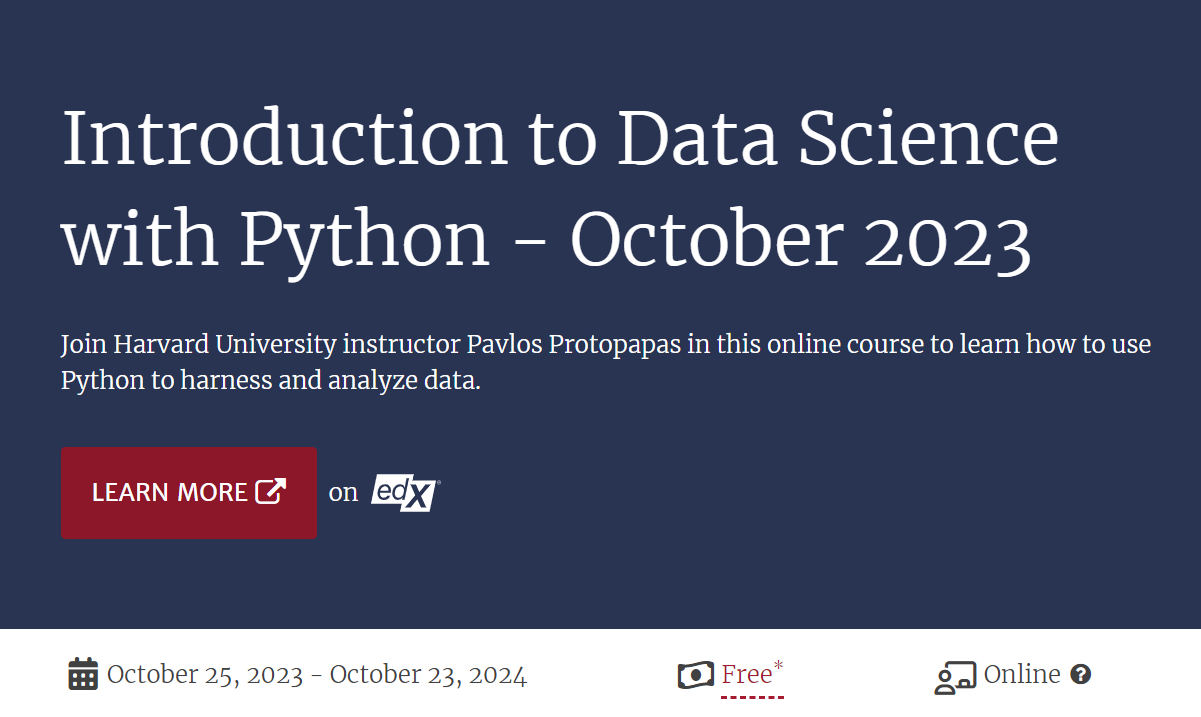The walrus operator (:=) in Python, introduced in Python 3.8, allows you to both assign a value to a variable and use that value in an expression in a single line. This can lead to more concise and readable code. Here are three common uses of the walrus operator in Python:
Simplify While Loops:
The walrus operator is often used to simplify while loops by allowing you to combine the assignment and condition check in a single line. This is particularly useful when you want to read lines from a file until a certain condition is met.
with open('data.txt') as file:
while (line := file.readline().strip()) != 'END':
# Process the line
In this example, the line variable is assigned the value of file.readline().strip() and then immediately checked to see if it's equal to 'END'. The loop continues until the condition is False.
Simplify List Comprehensions:
The walrus operator can simplify list comprehensions by allowing you to use the assigned variable within the list comprehension. This is especially useful when you want to filter or transform elements in a list based on a condition.
numbers = [1, 2, 3, 4, 5]
doubled_even_numbers = [x * 2 for x in numbers if (x % 2 == 0)]


.png)
.png)

.png)

.png)
.jpg)

.png)


.png)


.png)


.png)

.png)


.png)

.png)
.PNG)
.png)

.png)


.png)

.png)

.png)




.png)





.png)














.png)





.png)











